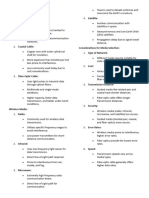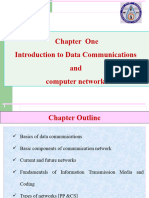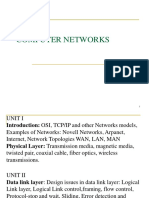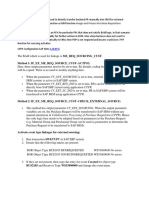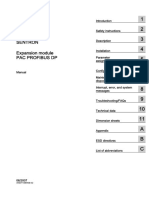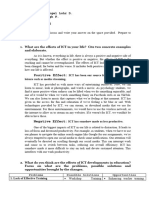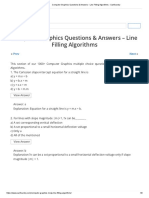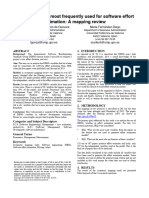0% found this document useful (0 votes)
6 views7 pagesCommunication Networks (CN) Basics: Definition
The document provides an overview of communication networks, including their definitions, uses, types, hardware, topologies, software, protocols, and switching techniques. It categorizes networks by scale, describes various hardware devices, and explains network topologies like bus, star, and mesh. Additionally, it details the OSI and TCP/IP models, physical layer effects, multiplexing techniques, and switching methods such as circuit, message, and packet switching.
Uploaded by
swashstudiesaecpassedCopyright
© © All Rights Reserved
We take content rights seriously. If you suspect this is your content, claim it here.
Available Formats
Download as DOCX, PDF, TXT or read online on Scribd
0% found this document useful (0 votes)
6 views7 pagesCommunication Networks (CN) Basics: Definition
The document provides an overview of communication networks, including their definitions, uses, types, hardware, topologies, software, protocols, and switching techniques. It categorizes networks by scale, describes various hardware devices, and explains network topologies like bus, star, and mesh. Additionally, it details the OSI and TCP/IP models, physical layer effects, multiplexing techniques, and switching methods such as circuit, message, and packet switching.
Uploaded by
swashstudiesaecpassedCopyright
© © All Rights Reserved
We take content rights seriously. If you suspect this is your content, claim it here.
Available Formats
Download as DOCX, PDF, TXT or read online on Scribd
/ 7

